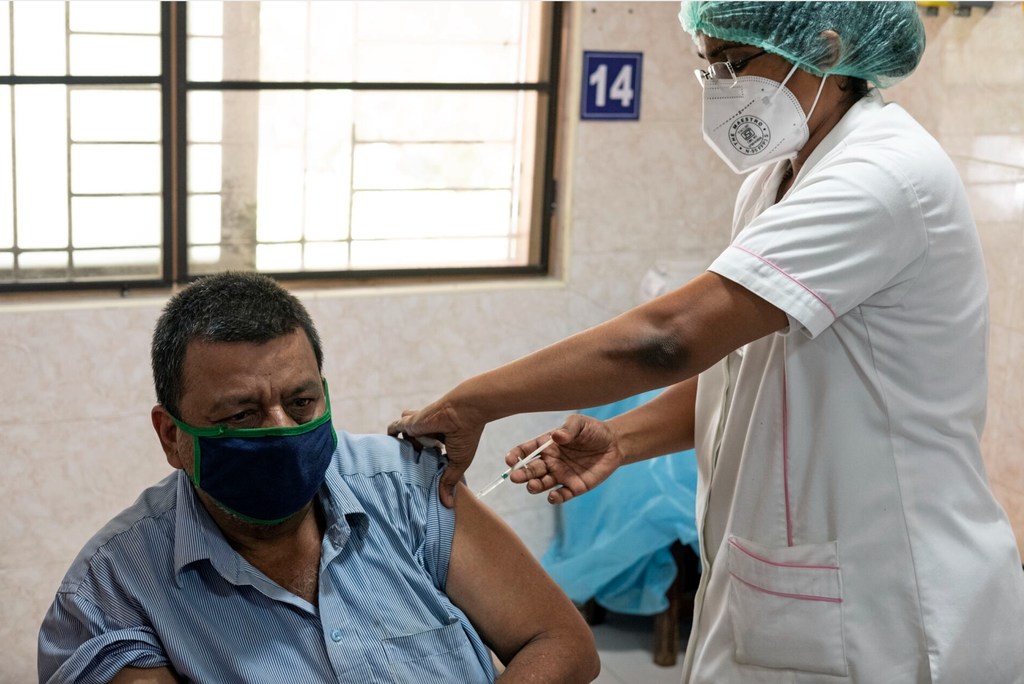Breadcrumb

‘The world is failing its health checkup,’ says WHO

“Behind every data point is a person – a child who didn’t reach their fifth birthday, a mother lost in childbirth, a life cut short by a preventable disease,” said WHO chief Tedros Adhanom Ghebreyesus, as the organization’s latest statistics report revealed the pandemic’s deeper health impacts.
Warning that overall progress is under threat today, WHO on Thursday called on governments “to act, with urgency, commitment, and accountability to the people they serve.” Tedros bemoaned the “avoidable tragedies” behind the statistics.
Chronic diseases
The 2025 report shows an estimated 1.4 billion more people were living healthier lives by the end of 2024, surpassing WHO’s one billion target. This was driven by reduced tobacco use, better overall air quality and access to water, hygiene and sanitation, said WHO.
But underinvestment in primary health care, shortages of skilled health workers, and gaps in service like immunisation and safe childbirth are now holding countries back.
Driven by population growth and aging, premature deaths from noncommunicable diseases, such as cancer and diabetes, are rising. Worldwide, such diseases now account for the leading causes of deaths among people under 70.
Additionally, “air pollution continues to harm population health around the world,” said WHO’s Haidong Wang.
Maternal deaths
The rate of maternal deaths fell by over 40 per cent and deaths of children under five were cut by half between 2000 and 2023.
However, progress has been either stalling or reversing in many countries, and maternal and child deaths are not falling “fast enough” – putting millions of lives at risk.
Millions more lives on the line
Essential health service coverage and protection from emergencies have lagged, the UN health agency data shows.
Without urgent course correction, WHO estimates that the world risks losing the chance to prevent an additional 700.000 maternal deaths and eight million deaths of children under five years old,” between 2024 and 2030.
